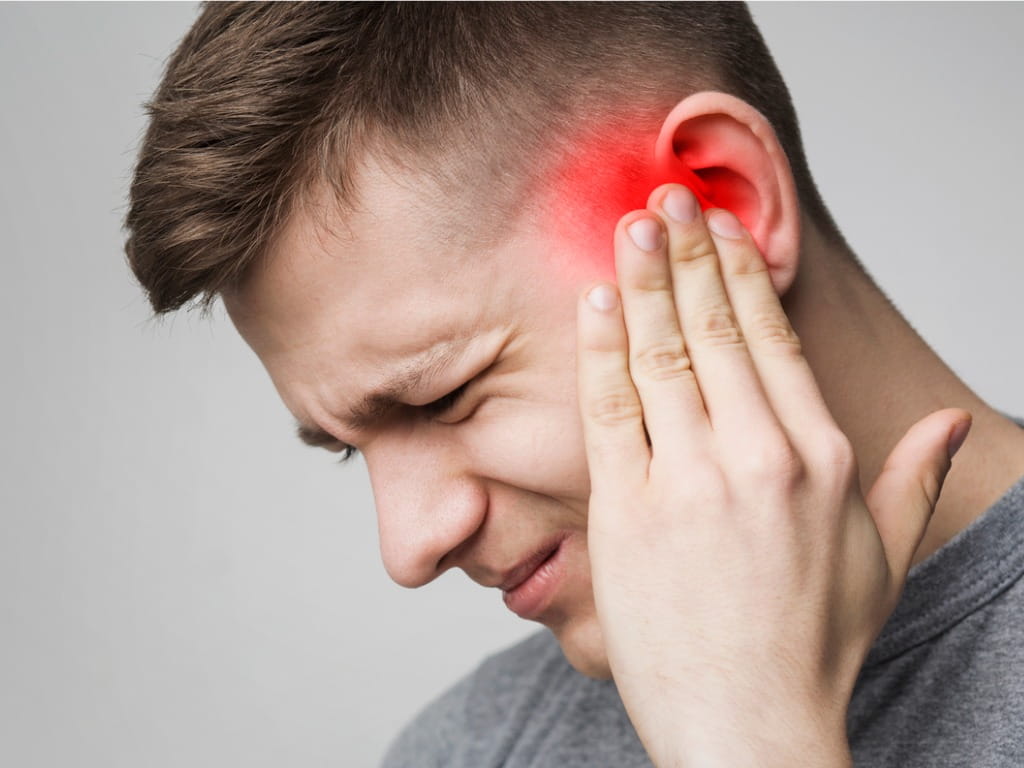Amoxicillin Precautions and Side Effects

The Bottom Line
Amoxicillin is an antibiotic commonly used to treat a wide variety of bacterial infections such as middle ear infections, strep throat, and urinary tract infections. It generally has mild side effects, but may cause nausea, vomiting, and stomach upset. It is chemically similar to penicillin, so people with a penicillin allergy may react similarly to amoxicillin.

What is amoxicillin and what is “amox clav?”
Amoxicillin is an antibiotic that is closely related to penicillin. Amox-clav, or amoxicillin/clavulanate (Augmentin®), is a combination antibiotic consisting of amoxicillin and clavulanic acid. Clavulanate is the potassium salt of clavulanic acid. Clavulanate helps increase the “spectrum” of amoxicillin, or how many different types of bacteria the antibiotic is effective at treating. The co-formulation of amoxicillin with clavulanate extends coverage to include bacteria that produce beta-lactamase enzymes. Because amoxicillin/clavulanate has a broader spectrum than traditional amoxicillin, it can treat more types of bacterial infections. Neither amoxicillin nor amoxicillin/clavulanate are effective in treating viral infections.
What is amoxicillin used for?
Amoxicillin is commonly used to treat nose, ear, and throat infections such as strep throat, middle ear infections, and sinus infections. It can also treat urinary tract infections and some skin infections. Amoxicillin can also be used to treat pneumonia and other infections when used in combination with another antibiotic. However, antibiotics such as amoxicillin are not effective in treating viruses, including those that cause the common cold, influenza, and COVID-19.
What are common amoxicillin side effects?
Common side effects of amoxicillin include gastrointestinal symptoms such as nausea, vomiting, diarrhea, and stomach upset. Some people who take amoxicillin may develop lightheadedness or dizziness. A high percentage of individuals with infectious mononucleosis (“mono”) will develop an itchy rash after taking amoxicillin. In addition, children or individuals with kidney disease may develop painful crystals in the urine from amoxicillin.
Alcohol and Amoxicillin: Can I drink on amox?
It is generally safe to drink alcohol while taking amoxicillin, as there are no significant interactions between alcohol and amoxicillin. However, consumption of alcohol can potentially worsen the gastrointestinal side effects of amoxicillin, so people who take this antibiotic should drink alcohol with caution.
Is amoxicillin safe to take during pregnancy?
In animal studies, administration of amoxicillin during pregnancy was not associated with fetal harm, and the use of amoxicillin during pregnancy is generally considered to be safe. A small amount of amoxicillin can transfer from human milk to a nursing infant. Some infants exposed to amoxicillin through lactation may develop side effects such as rash, diarrhea and thrush (an abnormal growth of yeast in the mouth).
What should I do if I took too much amoxicillin?
If someone develops unexplained or unexpected symptoms after taking amoxicillin, or if too much was taken, get guidance from Poison Control immediately. Help from Poison Control is available at www.poison.org and by phone at 1-800-222-1222. Both options are free, confidential, and available 24 hours a day.
Tammy Zhao, PharmD, CSPI
Pharmacist & Certified Specialist in Poison Information
Poisoned?
Call 1-800-222-1222 or
Prevention Tips
- Antibiotics for children are dosed by weight. Before giving antibiotics to a child, always confirm the child’s weight.
- Read all dosing labels carefully, to understand how frequently a medication should be taken.
- Only take antibiotics that are prescribed for you, and finish the antibiotic course as directed on the pharmacy label.
This Really Happened
A 62-year-old woman was hospitalized for an infection involving her heart. She was treated with high doses of intravenous amoxicillin and another antibiotic, gentamicin, for 4 days. During the antibiotic treatment, the patient’s doctors and nurses noticed that her urine became progressively cloudy. She developed acute kidney failure and her lungs filled with fluid. Her urine was found to contain crystals, which limited her ability to urinate effectively. She received dialysis treatments, after which her kidney function eventually returned to normal.For More Information
References
Poisoned?
Call 1-800-222-1222 or
Prevention Tips
- Antibiotics for children are dosed by weight. Before giving antibiotics to a child, always confirm the child’s weight.
- Read all dosing labels carefully, to understand how frequently a medication should be taken.
- Only take antibiotics that are prescribed for you, and finish the antibiotic course as directed on the pharmacy label.
